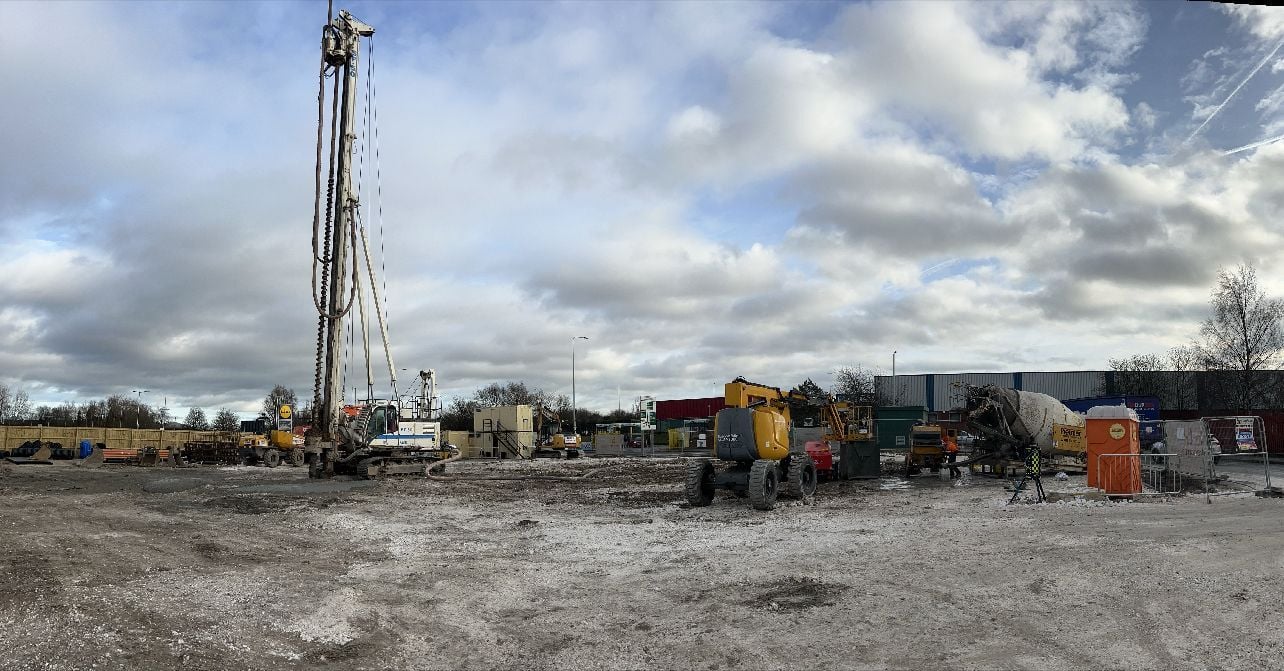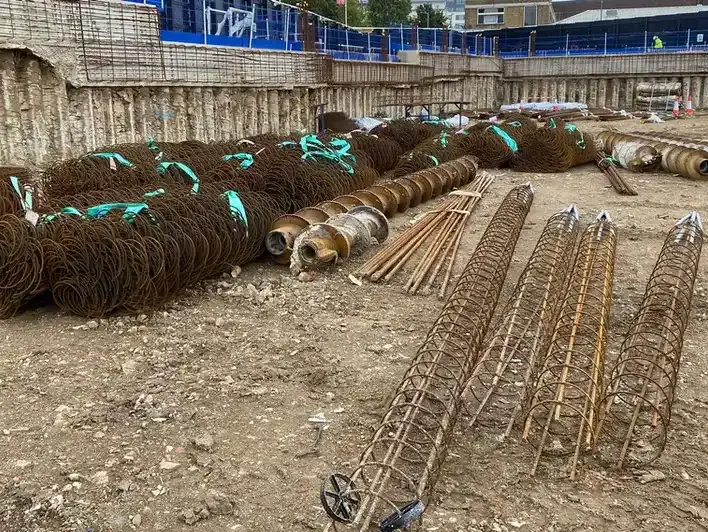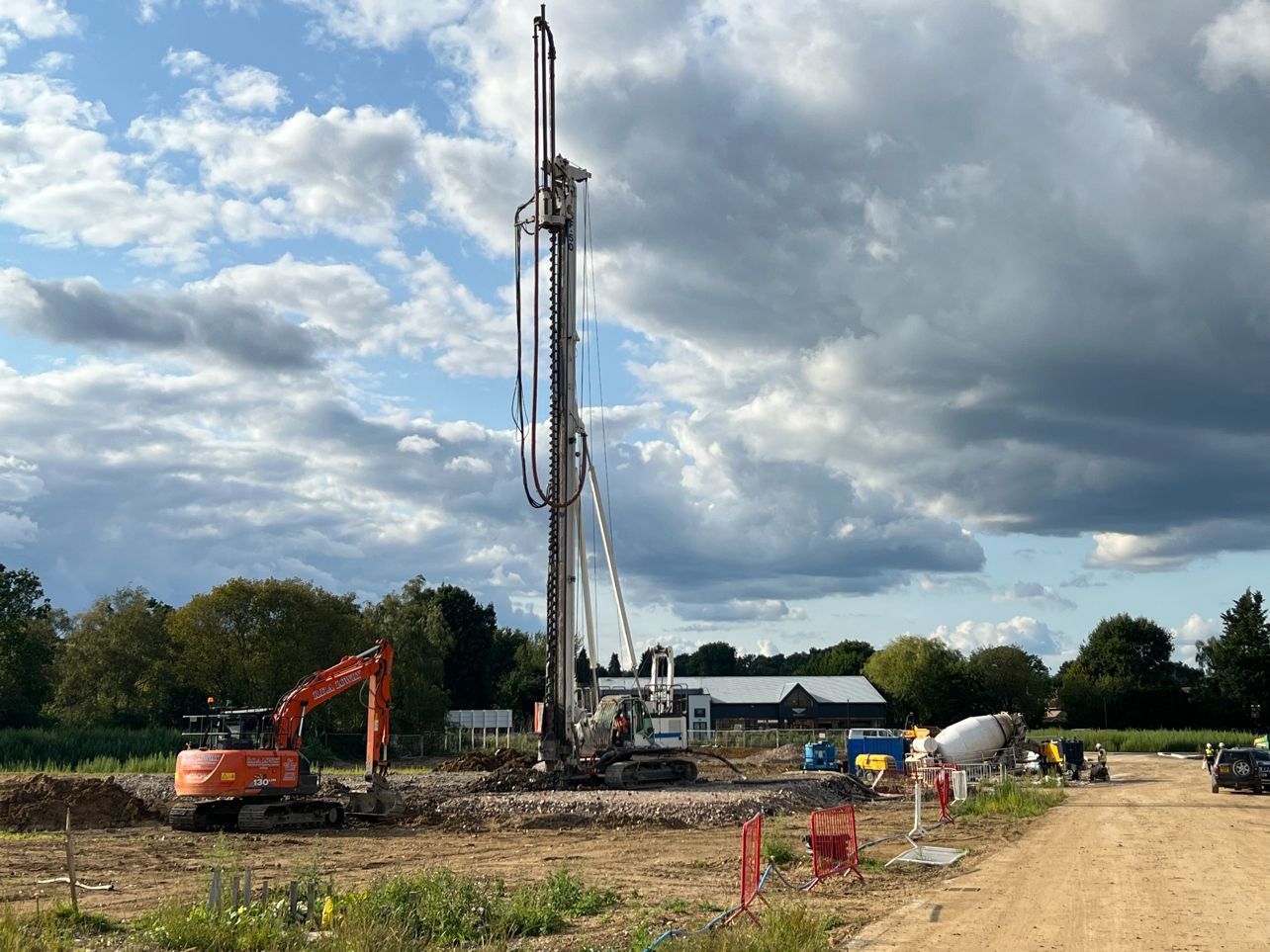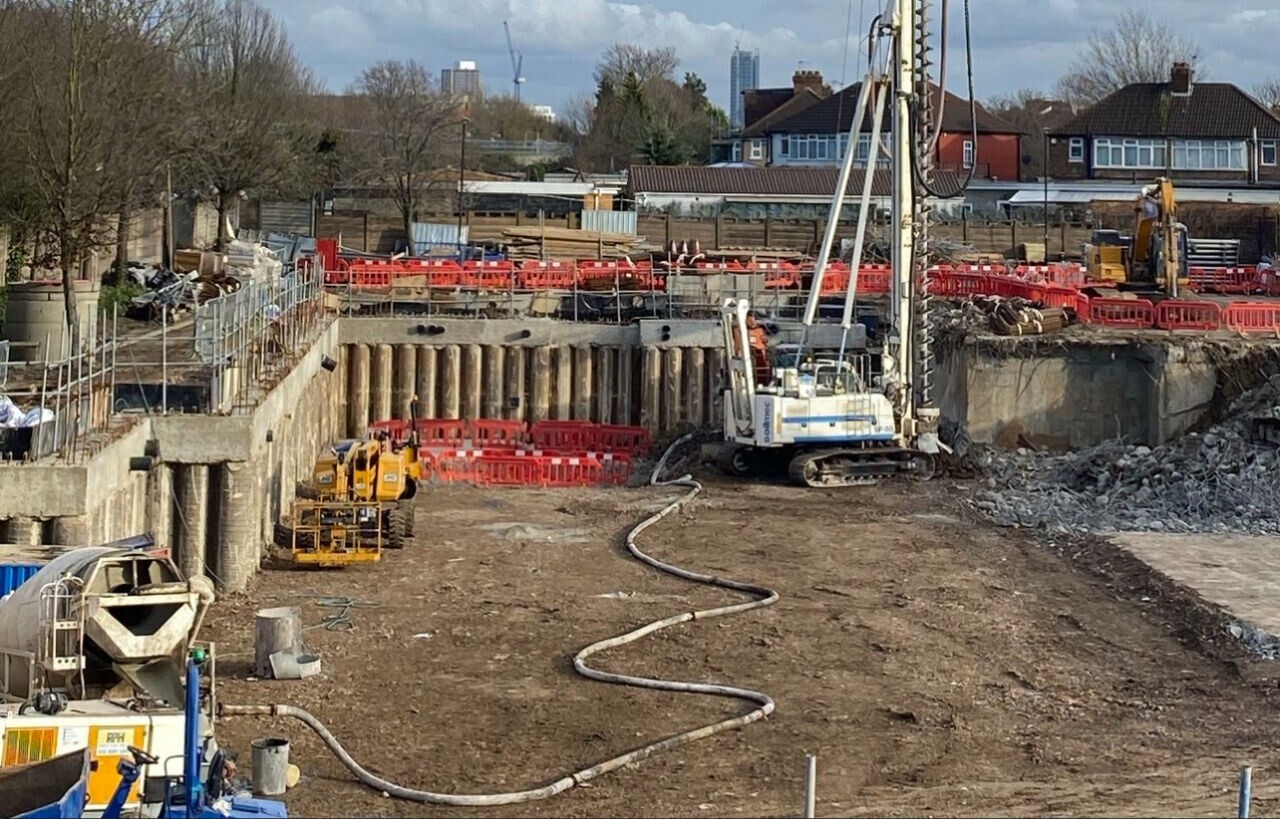What is the Purpose of CFA & Restricted Access Piling?

Table of Contents
What is the Purpose of CFA Piling?
Continuous Flight Auger (CFA) piling is the method of drilling concrete piles, or the building foundations, into the ground. It is perfect for protecting old buildings, retaining ground, and offering structural support, among other things. It is one of the least expensive, safest, and quietest piling options available, with less vibration and little effect on the environment.
The most durable and well-liked foundation procedure in the construction business, nevertheless, requires skill and experienced management; the Mini Piling Essex professionals understand how to execute CFA piling for a variety of varied ground conditions in various locations.
Where Do We Use it?
The CFA Piling in Essex is an excellent choice for urban areas and city developments. It’s a low-vibration, low-noise process that causes minimal disruptions. It’s perfect for different types of soil, like glacial till, clay, weak rock, and water-holding sand. Plus, it’s suitable for both permanent anchors and temporary props, making it versatile for retaining walls.
Whether it’s preventing landslides, supporting basements, or working in environmentally sensitive areas, CFA piling is widely used in infrastructure projects like roads, bridges, tunnels, and flood prevention. It’s a reliable and efficient method.

The Process of CFA Piling.
The complete process of CFA Piling is mentioned in the following points:
- A built-in computer will let you determine the hole’s exact depth with perfect accuracy.
- To drill the ground to the necessary depth, use a hollow stem continuous flight auger.
- Pour concrete via the hollow stem of the auger.
- Pumping in the concrete, carefully remove the drill.
- An anchoring cage is lowered into the wet concrete.
- Installing a solid, reinforced concrete pile into the ground is the last step.
What Benefits Can We Get with the CFA Piling?
There are several benefits we can get with the using of CFA Piling methods, including:
- It can handle heavy loads and offers a cost-effective foundation solution that can be installed in various soil conditions, such as sands, clays, silts, gravels, and soft rock.
- You can go deep with pile depths up to 32m and choose from various diameters.
- Plus, it’s perfect for built-up areas with weak soil and high groundwater levels because it’s quiet and doesn’t vibrate.
- It’s a reliable and efficient foundation solution.
- Another benefit is the quick construction process, as temporary casings or support systems are not required like with bored piles.
Overall, CFA piling provides a reliable and efficient solution for a wide range of construction projects.

What is Restricted Access Piling?
Restricted Access Piling is the practice of using piling techniques in difficult-to-manage sites or intricate urban settings. It’s also known as mini Piling, and however historically it was called micro Piling.
In operationally limited and restricted situations, such as inside existing structures, beneath bridges, in tunnels and basements, as well as off-track rail environments, this piling approach offers a variety of Piling and other geotechnical solutions.
In many cases, restricted access can include weight, breadth, and height limitations, with height restrictions as low as 2.4 metres. When massive, heavy conventional plants cannot be employed, our fleet of smaller, more specially fitted rigs does this function, usually at significantly lower bearing pressures. Drilled piling methods are widely used and appropriate for almost any type of ground.
Where do we use this Piling?
Restricted access piling can be used in places with:
- Noise or vibration limitations
- Surcharge limits
- Underpinning structures or buildings
- Restricted headroom
- Weight limits
- Archaeological Sensitivity
How does it work?
The restricted access piling solutions that Mini Piling Essex provides are as follows:
Cased Auger: After stabilising overloaded deposits with temporary drill casings, open-hole auger drilling is used to extend the bore depth. Reinforcement is provided either before or after the pile shaft is filled with concrete or grout.
Sectional Flight Auger: Using hollow stemmed augers, piles are created by boring into the ground and pumping grout or concrete through the auger string.
Drilled: Mini Piling Essex offers a self-drilling restricted access piling system, using an internal drill rod in combination with a drill bit and flushing mediums.
What are its benefits, Restricted or Mini Piling Access?
- Assists with piling tunnels, under bridge structures, and inside already-built buildings.
- Lowers the possibility of noise pollution.
- Involves fewer vibrations, which lessens the disturbance to the surroundings.
- Suitable for all sorts of ground, including contaminated and obstructed soil.
- It can be combined with other types of piling to maximise the efficacy and cost-efficiency of the job site.
- Reduces carbon emissions, which makes this method eco-friendly.

Finals Talks
Continuous Flight Auger (CFA) piling emerges as a cost-effective, low-vibration, and versatile foundation method, offering a reliable solution for various construction projects. Its application in urban areas makes it indispensable in infrastructure development. The detailed CFA piling process involves precision drilling, concrete pouring, and the installation of reinforced concrete piles, showcasing the method’s efficacy. Furthermore, the benefits of CFA piling, such as its capacity to handle heavy loads, quick construction process, and adaptability to diverse soil conditions, highlight its significance in the construction industry.
On the other hand, Restricted Access Piling, also known as Mini Piling, provides tailored solutions for challenging sites, reducing noise pollution, vibrations, and carbon emissions while ensuring efficacy in confined spaces. Overall, both CFA and Restricted Access Piling offer sustainable and efficient options for construction needs.






